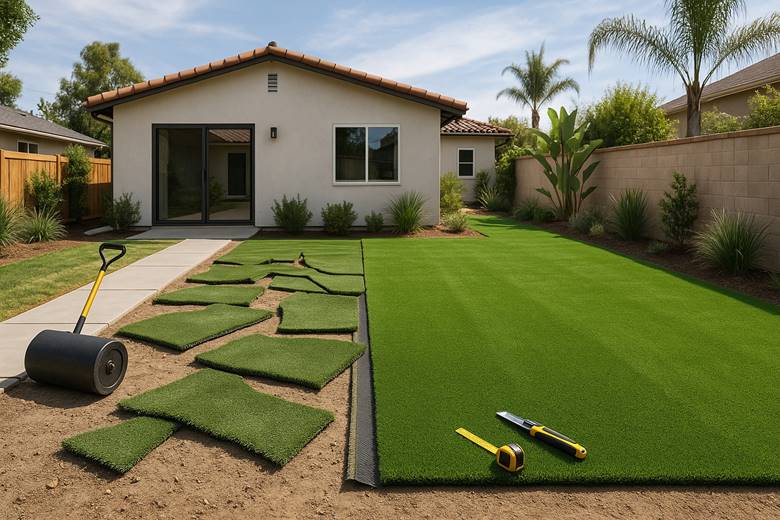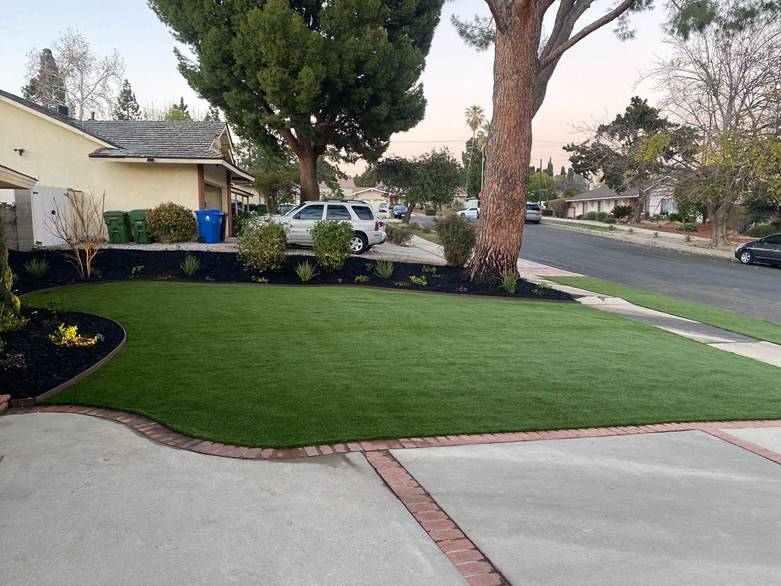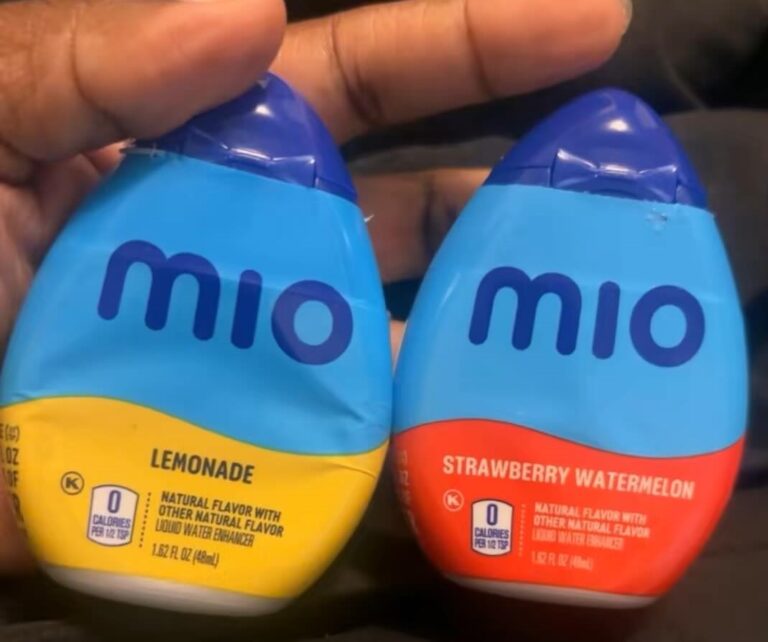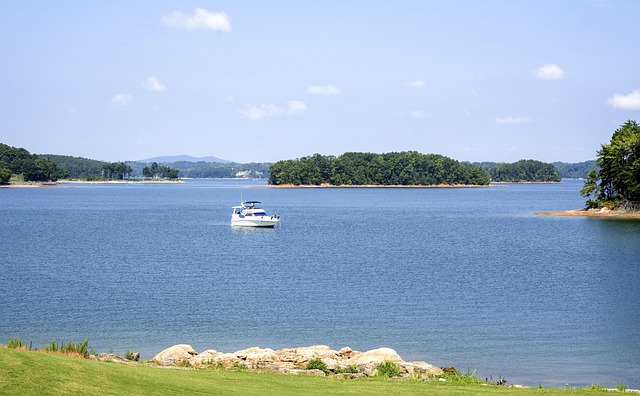Artificial turfs are layers of synthetic blades fixed over a prepared base to give the look and feel of natural grass without constant upkeep. Installers spread the backing across the site, secure the edges, and join each section so the surface reads as one seamless expanse. The result is clean and uniform when every step of the groundwork is handled with care.
This surface changes the way a yard works day to day. Homeowners appreciate artificial grass due to its crucial benefits, like reduction in water bills, green space year-round, and zero muddy spots after rain.
A well-laid turf invites outdoor activity and keeps curb appeal steady through every season. However, there are certain mistakes that should not be made to make sure you get the most from your investment and protect the life of the surface.
Keep reading, as we will look at the most common mistakes in turf installation and also provide practical solutions that keep your lawn looking and performing at its best.
Understanding Successful Turf Installation
A well-installed turf surface stands out for the way every element works together over time:
- Drainage that works so water clears within minutes of rain, leaving no puddles or damp spots underfoot.
- Seams that blend with the direction of the blades so the joint is invisible from a standing position.
- Even wear across the surface with no dips, soft patches, or crushed areas after regular use.
- Edges are fixed tightly against borders, so there is no curling or lifting at the perimeter.
- A base that feels solid when walked on with no hollow sounds or shifting under weight.
- Consistent color and texture from end to end, without fading or patchy sections over the seasons.
The Most Common Mistakes and Practical Fixes
Mistake 1: Skipping proper ground preparation
Ground preparation is the work that shapes how the turf will sit and move over time. Installers strip old grass, level the soil, and build a compacted base so the turf lies flat and drains. A stable foundation keeps the surface even under foot traffic and weather.
When this step is skipped, the soil shifts beneath the turf after a few uses. Low spots form, seams pull, and water can settle where it should not. The surface looks and feels tired long before it should.
How to Avoid It:
Clear the site completely, set the grade, and install a crushed rock or sand base in thin layers. Compact each layer with moisture and weight until it reads firm underfoot. A packed base holds the turf steady and keeps the finish smooth for years.
Mistake 2: Inadequate Grading for Water Flow
Grading is the subtle slope that moves water off the surface and out of the base. Installers shape the base so runoff goes toward drains or open ground, and the backing can pass water through. A correct fall stops puddles and keeps the base firm in wet weather.
When grading is wrong, the water pools under the turf and softens the base. Odor, algae, and weak spots appear where moisture lingers. This way, the lawn loses its fresh look and becomes
harder to use.
How to Avoid It:
Set a gentle slope away from structures and check the fall with a long level or string line before turf goes down. Keep drainage outlets clear and match the edging so it does not block flow. Clear movement of water keeps the ground dry and the surface long-lasting.
Mistake 3: Choosing Low-Grade Turf
Turf quality drives how natural it reads, how it feels underfoot, and how long it keeps color. Installers pick fibers with UV resistance, a tight stitch rate, and strong backing so the product resists sun and wear. A high-quality product holds texture and tone season after season.
Cheap products fade in a single summer, and the fibers lie flat with little use. Backing can split, and seams may open as the material fails. The area looks worn out, even with light traffic.
How to Avoid It:
Buy from reputable suppliers and check product data for UV rating, proper stitching, and warranty details. Request sample swatches and compare blades and backing under real light. The right product keeps color, shape, and resilience much longer.
Mistake 4: Wrong Infill Type or Depth
Infill is the granular material worked into the blades to help them stand upright and to add weight to the surface. Installers spread infill in layers and brush the fibers until the fill seats where it belongs and drainage remains open. Proper infill balances feel, cooling, and stability.
Using the wrong type or too few leaf blades, the field collapsed and became flat. Too much or the wrong material can trap heat and slow water movement. The turf feels hard, holds odor, or wears unevenly.
How to Avoid It:
Choose the infill recommended for your turf and climate, then spread it in passes while brushing the fibers upright. Test small areas for drainage and comfort before finishing the whole job. Correct infill keeps blades lively and the surface comfortable to use.
Mistake 5: Poor Seam Alignment
Seams are the points where two turf sections meet to create a continuous surface. Installers cut the edges, join them with tape or adhesive, and press them flat so the join reads as one line in the field. The look is seamless only when cuts match and pressure holds every edge in place.
A misaligned seam shifts the eye away from the green expanse. Uneven lines or small gaps stand out under daylight and make the surface appear patched. The finish loses its natural look even when the turf is new.
How to Avoid It:
Cut seams in line with the turf grain so blades stand in the same direction. Bring edges together over seam tape with even pressure until adhesive sets. The joint blends with the field when every cut and bond is straight and tight.
Mistake 6: Weak Edge Anchoring
Edge anchoring keeps the turf perimeter fixed against pull, lift, and curling. Installers set spikes, nails, or edging into the base so the border holds tight and neat. A strong edge frame keeps debris from sliding beneath the surface.
Loose or missing anchors let corners rise after heavy use or wind. The lifted edge catches the eye and allows the base to break down. The result is a surface that looks unfinished around its borders.
How to Avoid It:
Place anchors close enough to stop any give along the edge. Press each fastener deep into the compacted base and check for movement before finishing. A fixed edge protects the base and keeps the perimeter sharp.
Mistake 7: Ignoring Pet-specific Needs
Pet use adds extra load from foot traffic, waste, and cleaning cycles. Installers can fit turf with better drainage and odor control to match this demand. A surface built for pets stays fresh longer between cleanings.
Without these upgrades, odors collect in the infill and stains mark the fibers. The lawn feels less inviting and harder to maintain. The change often shows within the first warm season.
How to Avoid It:
Choose turf labeled for pet use with open backing and cooling infill. Rinse active areas often and brush blades upright after drying. The surface stays clean and resilient with this routine.
Mistake 8: Not Following Manufacturer Instructions
Each turf product lists requirements for base depth, seam bonding, and infill type. Installers who match these steps to the product get the performance the manufacturer designed. The result is a surface that meets its full life span and keeps warranty coverage.
Skipping these steps leaves the surface open to early failure. Weak seams, uneven base, or poor drainage often start with ignored instructions. Repairs cost more than the time it would take to follow the guide.
How to Avoid It:
Read the product sheet before starting and prepare all materials as listed. Keep a record of steps and photos in case warranty proof is needed. A project built to spec holds value and performs as promised.
Mistake 9: Hidden Subsoil Contaminants and Roots
Subsoil contaminants and tree roots are the hidden materials under the proposed turf area that affect stability and drainage. Installers who leave roots, buried debris, or contaminated fill in place find the base moves and backing fails as the organic material breaks down. The surface degrades from within, with bumps, odors, and weak spots appearing over time.
When contaminated fill or roots remain, the base settles unevenly, and pockets form under the turf. Organic decay or buried materials trap moisture and invite weeds to return. The finished lawn looks and performs poorly, even when the surface is well laid.
How to Avoid It:
Test and clear the topsoil, remove roots and debris, and replace suspect fill with clean, compactable material. Treat contaminated areas or bring in clean engineered fill to rebuild a stable base. A clean subgrade holds firm and keeps the turf healthy beneath the blades.
Mistake 10: Failing to Plan Heavy Use Zones
Heavy-use zones are the parts of the yard that get concentrated traffic from play, seating, or equipment, and they demand different build details. Installers who treat the entire lawn the same find high traffic spots flatten, mat, or rut faster than the rest. The wear becomes obvious where the family uses the turf the most.
Without a reinforced base, targeted infill, or turf rated for constant use, those areas show compressed fibers and faster breakdown. Repairs then focus on patches instead of a whole field approach. The yard loses uniformity as use patterns reveal weak points.
How to Avoid It:
Map high traffic areas before installation and specify denser turf and a deeper base in those zones. Add resilient infill and consider compacted subbase or paver pads under heavy equipment. Tailoring the build to expected use keeps the whole surface wearing evenly.
Mistake 11: Overlooking Heat Buildup and UV Exposure
Heat and UV exposure affect how turf feels and how long fibers keep their color and resilience. Installers who skip thermal considerations select materials that trap heat or fade quickly in full sun. The lawn can become uncomfortably hot and look sun-damaged within a few seasons.
Hot surfaces also speed material breakdown and can make the space unpleasant on bare feet. Faded blades and brittle backing shorten the life of the installation. The yard loses comfort and color where the sun is strongest.
How to Avoid It:
Choose fibers rated for high UV and pick infill or cooling blends that reflect heat rather than store it. Test samples in the sun and compare how they hold cool and color throughout the day.
The right materials keep the feel and tone steady under long sun exposure.
Conclusion
A long-lasting turf job starts with the choices made before a blade is ever set down. Installers who match base depth, fall, seams, edges, and infill to the site put the hard work where it matters and create a surface that looks and works like new for years. A careful build protects appearance, performance, and the value of your investment.
Small errors compound into costly repairs when left alone, so a short checklist of steps saves time and money down the road. When you plan for drainage, correct infill, and pet-friendly details, your artificial turf installation in Los Angeles will meet local climate demands and stand up to heavy use. Follow the recommended steps, document the work, and your lawn will repay the care with steady looks, low upkeep, and long life.





